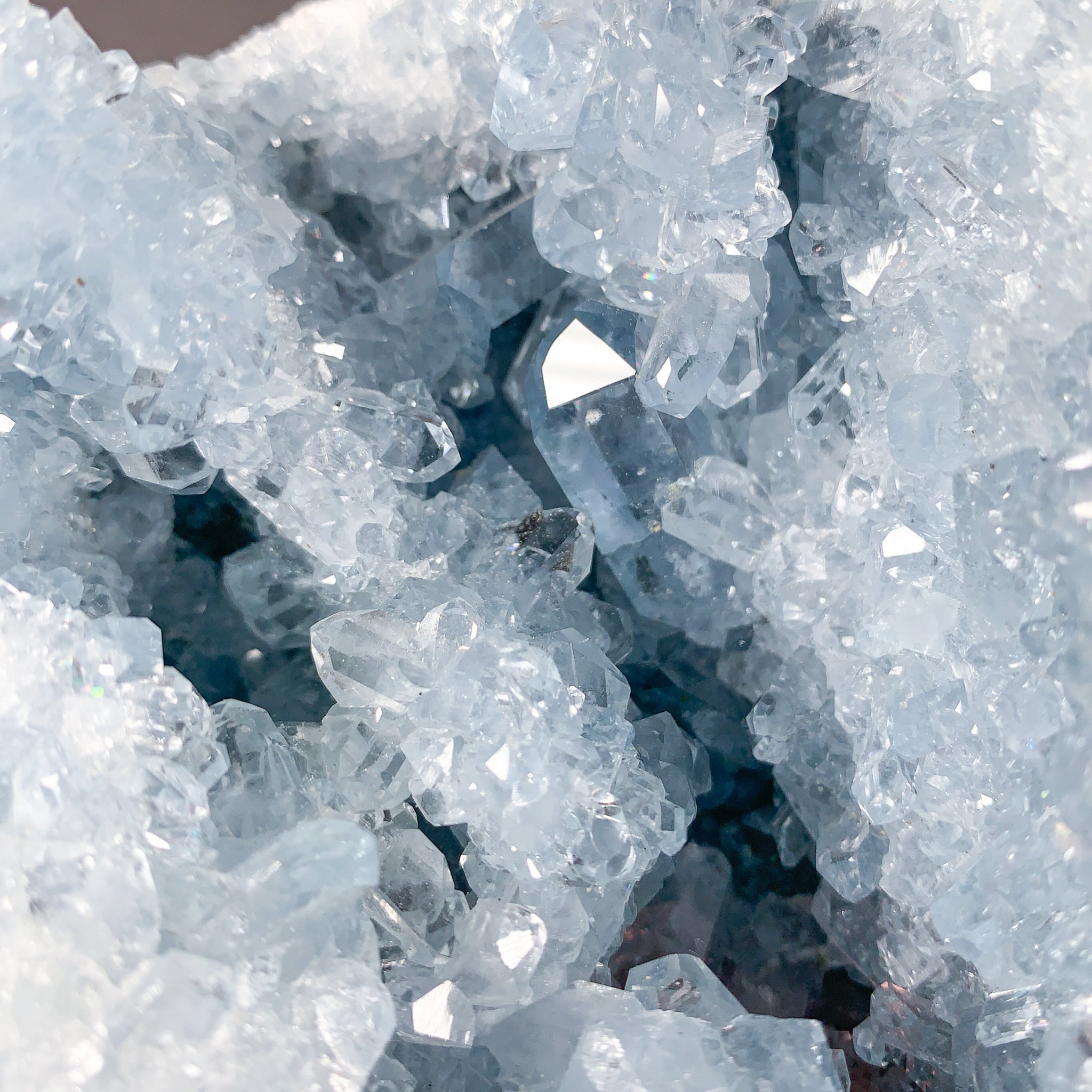A stunning treasure from outer-space! Large crystals of Olivine (gem Peridot) look like meteor fragments falling from the sky on this incredible meteorite slice from the Seymchan Pallasite Meteorite found in the Magadan Oblast Region of Russia. The main mass of meteorite, which was almost 600 lbs was discovered in 1967 by a Geologist performing a survey in a nearby creek bed. A few months later, a second specimen weighting approximately 100 lbs. was located about 20 meters away. At this time, only metal-based specimens were recovered, and therefore classified as an IIE (iron 2E meteorite).
In the early 2000's an important discovery occurred at this site, including an additional approx. 100 lbs of material. With these new specimens, it was discovered that the meteorite specimens also included Olivine crystals! This subsequently changed the designation of the Seymchan meteorite to a Pallasite Meteorite in 2007.
One theory as to how both varieties (metal only and Olivine-included) both occurred from this meteorite, is that as the original mass of material was coming through our atmosphere, sections were sheared off at the nickel-iron / Olivine crystal borders. This may explain why some areas of the Seymchan meteorite recovered only display nickel-iron and the others contain Olivine crystals.
A piece of the Seymchan Pallasite Meteorite was cut and sliced to create this beautiful specimen. Large crystals of gem Peridot / Olivine cover the specimen and look stunning when backlit, showing the gemmy nature of the crystals. Please note, there is a tiny section along the edge of this piece where a Peridot crystal dislodged during the cutting and polishing process (see close-ups for details). However, this makes the Peridot crystals appear to be falling through the metal-mineral background like meteors crashing through the Earth's atmosphere!
The intricate criss-crossing patterns called Widmanstatten formations or Thomson structures are figures of long nickel-iron crystals found in some, but not all, meteorites. It is a mixture of interweaving Kamacite (native iron!) and Taenite bands or ribbons called lamellae. It is believed extremely slow cooling (potentially millions of years) allowed these metal alloys to form this intricate inter-growth. This specimen also contains Schreibersite inclusions. The pattern is further revealed when certain meteorites are cut, polished and acid-etched.
Approx: 112.7 grams, 4.1" L x 2.6" W
Need a display stand?
We recommend adding Stand M1 to your cart, it is a special magnet stand perfect for displaying meteorites! If you would like a non-magnetic stand for your meteorite slice, we suggest Stand C1
Crystal Care
Want to know more about caring for your beautiful crystals and stones? Learn more here








































